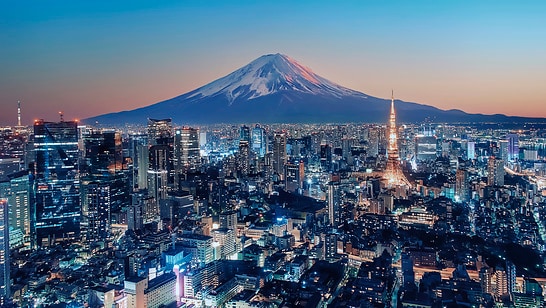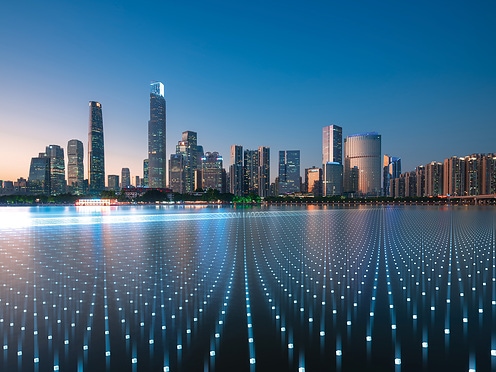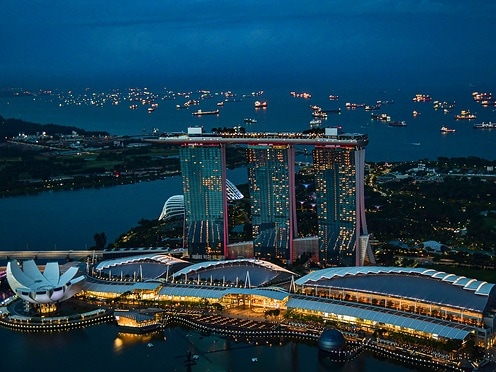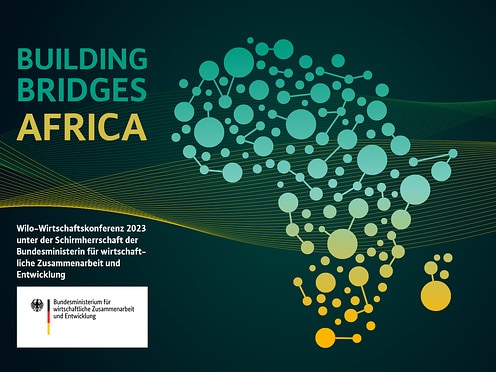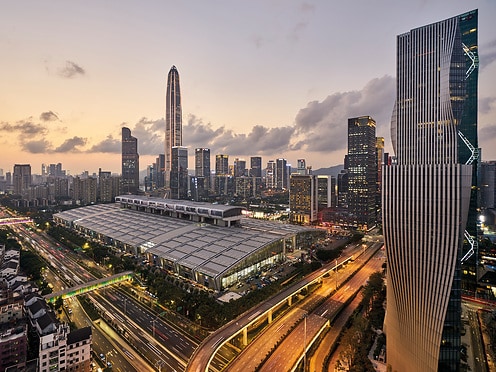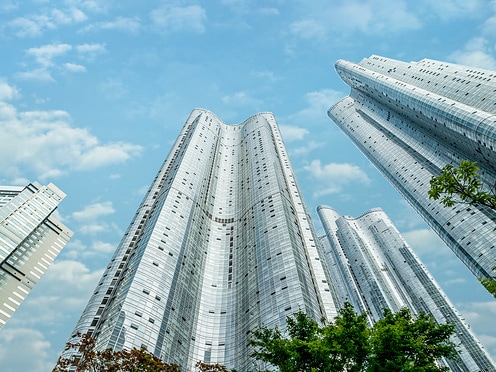Understanding Megacities: Dynamics and Realities of Urban Centers Worldwide
What is a megacity?
This article features:
Megacities, also known as super cities, refer to urban areas with a population of more than 10 million people. As major urban centers, they frequently serve as significant cultural, political, and economic hubs. Megacities are characterized by diverse infrastructure and a comprehensive range of services, educational opportunities, and career prospects. They are also centers of innovation and progress but simultaneously face challenges such as environmental pollution, traffic congestion, and social inequality. We've gathered all the essential information about megacities for you below.
How many megacities are there worldwide?
In 1950, there were merely two megacities globally. Since then, the number of those super cities has increased significantly. Currently, there are 34 megacities worldwide. Predictions suggest that this number will rise to 43 by the year 2030. This trend reflects the ongoing population growth and increasing urbanisation.

What are examples of megacities and what are the 10 biggest cities in the world?
Embark on a global journey through a short history of the world's biggest cities. In 2018, the United Nations (UN) surveyed the world's largest cities for the "World Urbanisation Prospects". Uncover tales of urban evolution in the top ten megacities. From historical roots to futuristic aspirations, each city's story unfolds amidst challenges and visionary strategies.
Megacities: A look at the 10 largest cities in the world
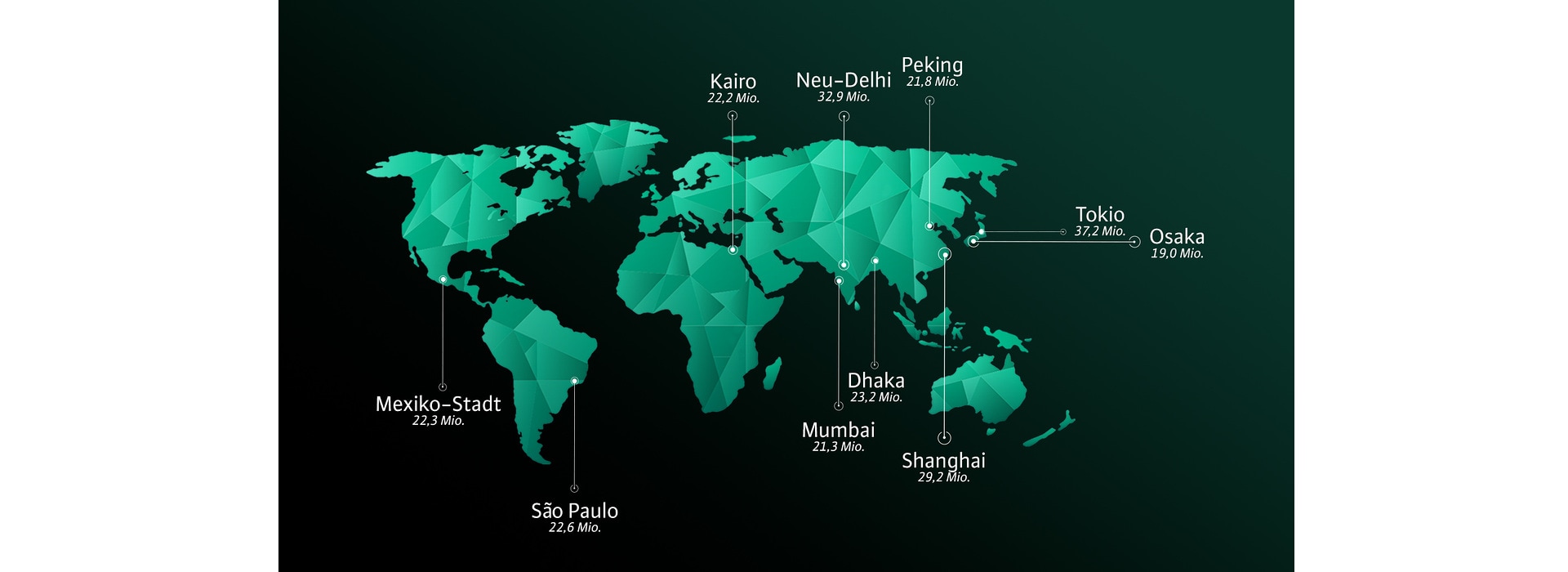
1. Tokyo, Japan (37.2 M)
2. Delhi, India (32.9 M)
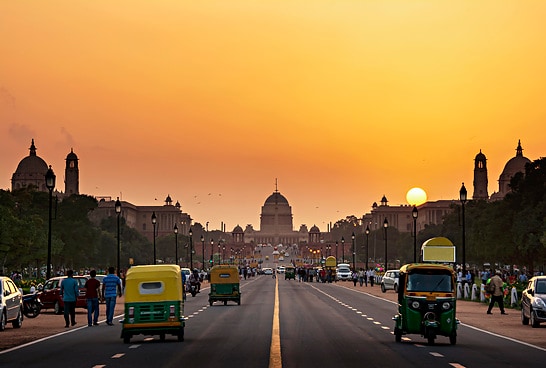
Balancing Growth and Environmental Well-Being
Delhi’s ancient roots trace back to the historic city of Indraprastha. Ever since the city has blossomed into the vibrant and diverse capital of India. Confronting contemporary challenges of air quality and rapid urbanisation, Delhi is investing significantly in expanding its metro network, promoting cycling initiatives, and creating extensive green spaces. This strategic approach aims to strike a harmonious balance between urban growth and environmental well-being, aiming for a sustainable future for its inhabitants.
3. Shanghai, China (29.2 M)
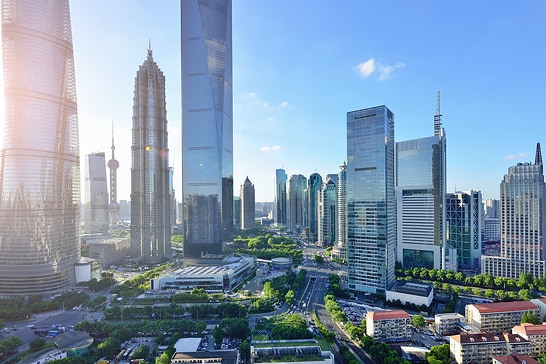
Where Tradition Meets Sustainable Development
As a testament to China's rapid development, Shanghai has undergone a metamorphosis from a small fishing village to a global economic powerhouse. Today it is one of the world’s fastest growing cities. Faced with the challenges of rapid urbanisation, Shanghai places a strong emphasis on eco-friendly urban planning. The city integrates green spaces seamlessly into its modern skyline while leveraging advanced technologies to facilitate sustainable growth. Shanghai stands as a shining example of a city that embraces innovation while maintaining environmental consciousness.
4. Dhaka, Bangladesh (23.2 M)
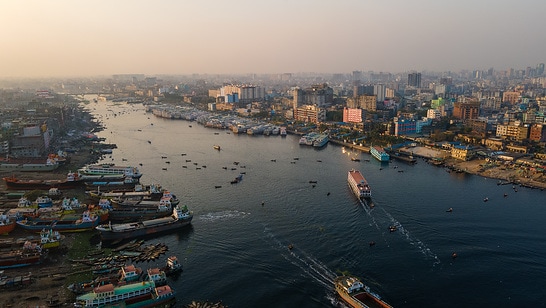
A Path to more Sustainability
The capital of Bangladesh weaves its narrative from a Mughal provincial capital to a bustling megacity. To mitigate the consequences of population density and environmental strains, Dhaka is actively adopting sustainable urban planning, resilient infrastructure, and social initiatives. These measures are essential for creating a more livable and inclusive future, emphasising the city's commitment to addressing the evolving needs of its diverse population.
5. São Paulo, Brazil (22.6 M)

Urban Renewal: A Model of Progress
Being the economic and cultural hub of Brazil, São Paulo has undergone a remarkable evolution from a coffee-driven economy to a diverse metropolis. The city faces challenges such as traffic congestion and pollution, prompting São Paulo to prioritise investments in public transportation, urban renewal projects, and sustainable policies. The result is a cleaner, interconnected city that harmonises economic vibrancy with environmental responsibility.
6. Mexico City, Mexico (22.3 M)
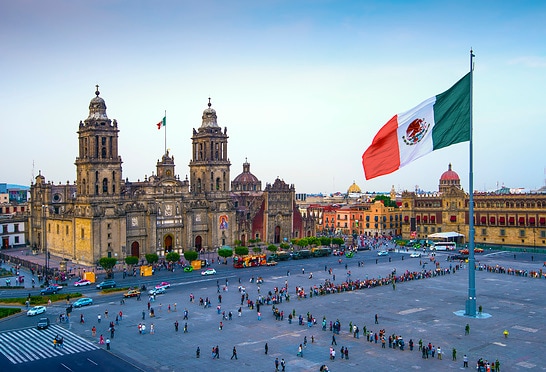
Captivating Resilience and a Sustainable Future
Mexico City's journey from the ancient Aztec capital Tenochtitlan to a sprawling megacity is nothing short of captivating. Addressing contemporary challenges like air pollution and seismic risks, the city has embraced sustainable architecture, disaster preparedness, and social initiatives. These efforts pave the way for a resilient, interconnected, and culturally vibrant future, showcasing Mexico City's ability to adapt and thrive in the face of adversity.
7. Cairo, Egypt (22.2 M)

Harmony of Tradition and Progress
Cairo, with its millennia-old history, converges its rich past with modern challenges. Addressing issues of overpopulation and traffic congestion, Cairo envisions a future shaped by improved public transportation, large-scale urban development projects, and sustainable initiatives. This comprehensive approach aims to enhance the quality of life for Cairo's residents while preserving the city's historical significance. The city aims to embody a harmonious blend of tradition and progress.
8. Beijing, China (21.8 M)

Leading the Way in Sustainability
As the capital of China, Beijing narrates its journey from an ancient capital to a modern political and cultural center. Faced with environmental challenges, Beijing is at the forefront of green technologies, sustainable urban developments, and initiatives aimed at optimising the city's ecological footprint. The city's commitment to innovation and environmental stewardship positions Beijing as a leader in shaping the future of sustainable urban living.
9. Mumbai, India (21.3 M)

Sustainable Urban Landscape: Pioneering Change
Mumbai, the financial capital of India, boasts a transformational journey from a colonial port to a bustling metropolis. Tackling challenges such as overcrowding and coastal threats, Mumbai is at the forefront of exploring sustainable urban planning, resilient infrastructure, and initiatives like "green lungs" – vast green spaces within the city. These endeavors ensure a balanced and livable future for Mumbai's diverse population.
10. Osaka, Japan (19 M)

Bridging Heritage and Innovation for a Sustainable Tomorrow
Japan’s historical merchant city seamlessly combines tradition with modernity. Overcoming economic shifts and environmental concerns, Osaka is investing in innovative urban development, green initiatives, and technological advancements. This strategic approach is paving the way for a sustainable, vibrant, and interconnected future, showcasing Osaka's ability to preserve its rich heritage while embracing the possibilities of a dynamic urban landscape.
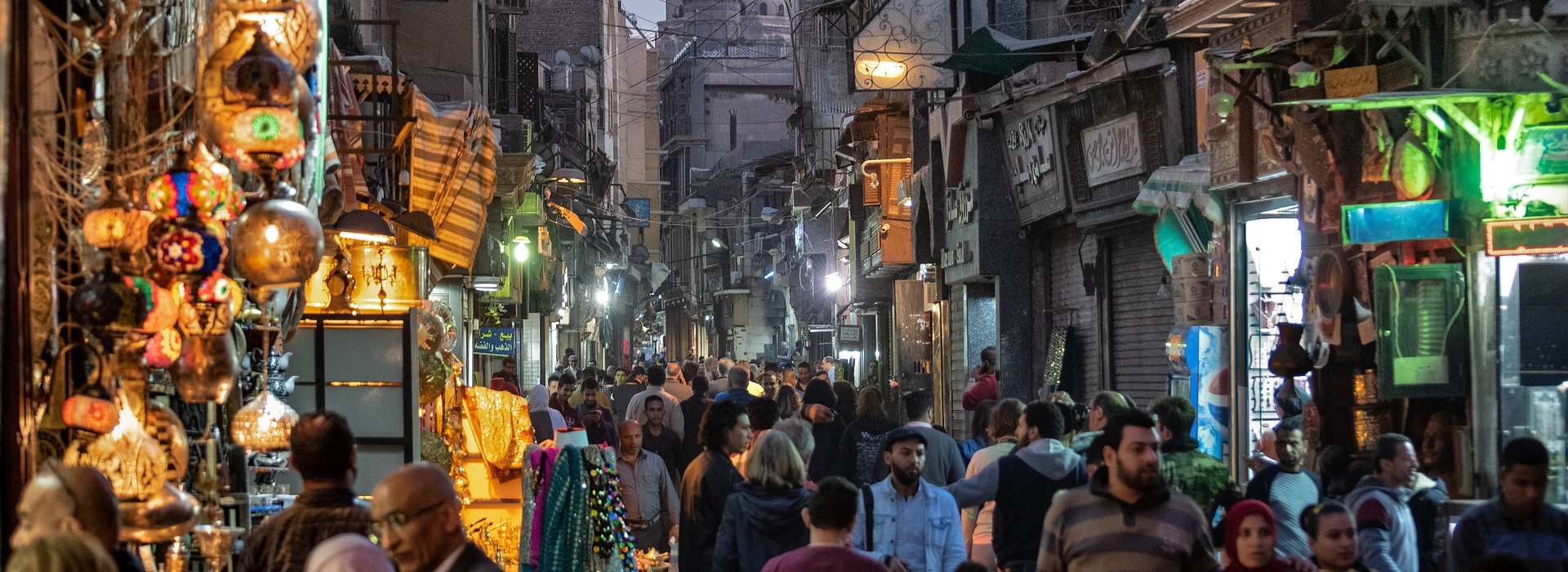
Megacities – beacons for the future of urban living
In this ranking, the UN refers to ‘urban areas’ because it includes not only the residents of the city center but also those of the surrounding areas. These cities are noteworthy not only due to their high population but also because of their influential position in the global economy and world culture, earning them the title of ‘Global Cities’.
These ten megacities, each with its unique and compelling story of development, adaptation, and resilience, epitomise the dynamic nature of urban life. From sustainable infrastructure to technological innovations, they collectively showcase the essence of thriving amidst global challenges. Therefore, offering a panoramic view into the future of urban living worldwide.
How is population growth distributed globally, and which megacities are experiencing the fastest growth?
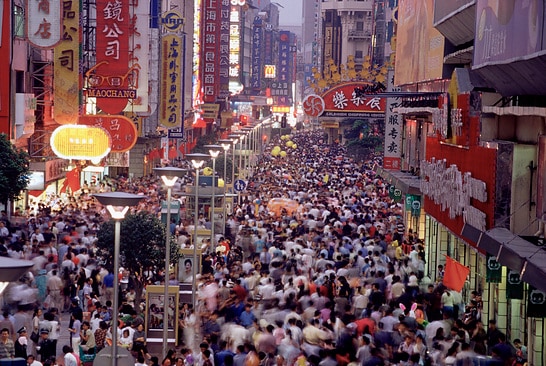
Crowded street in the city centre of Shanghai. From 1950 until today, the city's population has grown from 4.3 million to 29.2 million people.
Humanity is growing by around 83 million people every year. That is equivalent to the population of Germany. Some nations and cities are growing particularly fast. The United Nations predicted back in 2017 that population growth will mainly take place in nine countries, five of which are in Africa. If you look at the 15 cities worldwide that are expected to experience the fastest growth by 2035, you realise that they are all located in Africa. The frontrunners are Bujumbura (capital of Burundi) with an estimated increase of 123 percent, followed by Zinder (Niger) with 118 percent and Kampala (Uganda) with an increase of 112 percent between 2020 and 2035. This rapid growth brings with it both opportunities and challenges for urban development, infrastructure, and the regional economy.
The three developmental stages of megacities
Many megacities go through different life stages, comparable to the human life cycle, while others may stagnate in their development. The maturity level of megacities can broadly be categorized into three stages: low, medium, and high. Various aspects, including disaster prevention and the maintenance of essential infrastructures, determine their respective maturity levels.
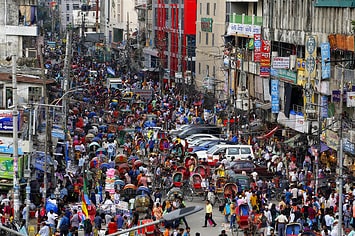
City dwellers gather at the New Market in Dhaka, Bangladesh, to buy clothes and various items.
Megacities in the low maturity stage
grow rapidly and are characterized by a rather young population. Among the major challenges are extreme poverty, social exclusion, chronic air and water pollution, and poor education. Examples of super cities in the low maturity stage include Dhaka (Bangladesh), Kinshasa (Congo), and Lagos (Nigeria).
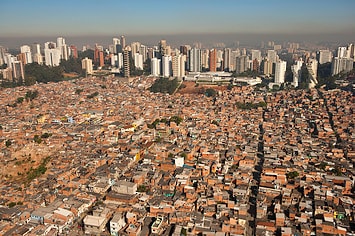
Parque Real Favela next to the upmarket Morumbi neighbourhood in Sao Paulo.
Megacities in the medium maturity stage
are growing steadily and are characterized by a relatively aging population. They are wealthier but still have areas of poverty and social exclusion. A significant challenge is the uncontrolled traffic leading to chronic air pollution and congestion. Examples of megacities in the medium maturity stage include Shanghai (China), São Paulo (Brazil), and Mexico City (Mexico).

Sun sets over Beijng's Central Financial District.
Megacities in the high maturity stage
are characterized by an aging population and high prosperity. Main issues include heavily deteriorated infrastructure, rising living costs, and a growing wealth gap often leading to social exclusion. Examples of super cities in the high maturity stage are London (United Kingdom), New York (USA), and Tokyo (Japan).
What challenges do megacities face?
Many people move to large cities with high expectations, hoping for better living conditions and job opportunities, only to find the opposite. Since megacities attract people from various social layers, some benefit from economic opportunities while others live in poverty. This can result in social inequality and strong societal tensions. Below, we examine six challenges in more detail:
1. High crime rate prevails in numerous urban centers, often reinforced by significant social inequalities and poverty. For instance, 78 percent of the urban population in the least developed countries live in slums. In these slums, extremely poor living and hygiene conditions coexist with a high crime rate.
2. Environmental pollution and contamination are two additional significant issues faced by megacities. Air pollution levels in cities like Beijing consistently exceed the values recommended by the WHO. Waste disposal poses an immense challenge as well: there is a lack of effective waste management strategies to cope with the vast amount of garbage in super cities. The resulting environmental impacts can greatly affect the well-being and health of the residents. High noise pollution and a shortage of green spaces further deteriorate the quality of life.
3. Public infrastructure, including the energy and water supply, as well as the transportation connections, is often inadequately developed. This results in severe traffic congestion, energy shortages, and supply bottlenecks.
4. Overpopulation and a lack of living space can lead to increased homelessness and the emergence of slums. Affordable housing is typically scarce, not only in the city center of megacities. But also in the surrounding areas – the living costs are so high that only wealthy residents can afford to live in the city center. This often results in the formation of slums on the outskirts and in catchment areas, where people live in close quarters under precarious conditions.
5. Spread of diseases is favoured by high population density, poverty, and limited resources such as water and energy, particularly in countries of the Global South. Due to inadequate medical care and poor hygiene conditions, the risk of epidemics is also comparatively high.
6. Social challenges, such as those in education and migration, are prevalent in megacities. Many people move to the city center in the hope of better educational opportunities for their children. However, the education system in these cities is often overwhelmed and increasingly privatized, meaning comprehensive education is primarily reserved for wealthy residents. The wealth gap in super cities is typically above average, frequently leading to significant social tensions and societal conflicts.
How does living in close quarters with a large population affect communities, and how do slums emerge?
When many people live in close quarters in megacities, this has far-reaching consequences for the social, economic, and ecological fabric of the cities. The phenomenon of megacities is a distinct manifestation of the megatrend of urbanisation. This concerns a steadily increasing migration to cities and a concentration of economic power in urban areas. A potential consequence of these migration movements: overpopulation and informal settlements, often emerging without official approval or connection to urban infrastructure. A result of this development, especially in the Global South, is the emergence of informal settlements or slums that often arise without official approval. In slums, residents often live under precarious conditions.
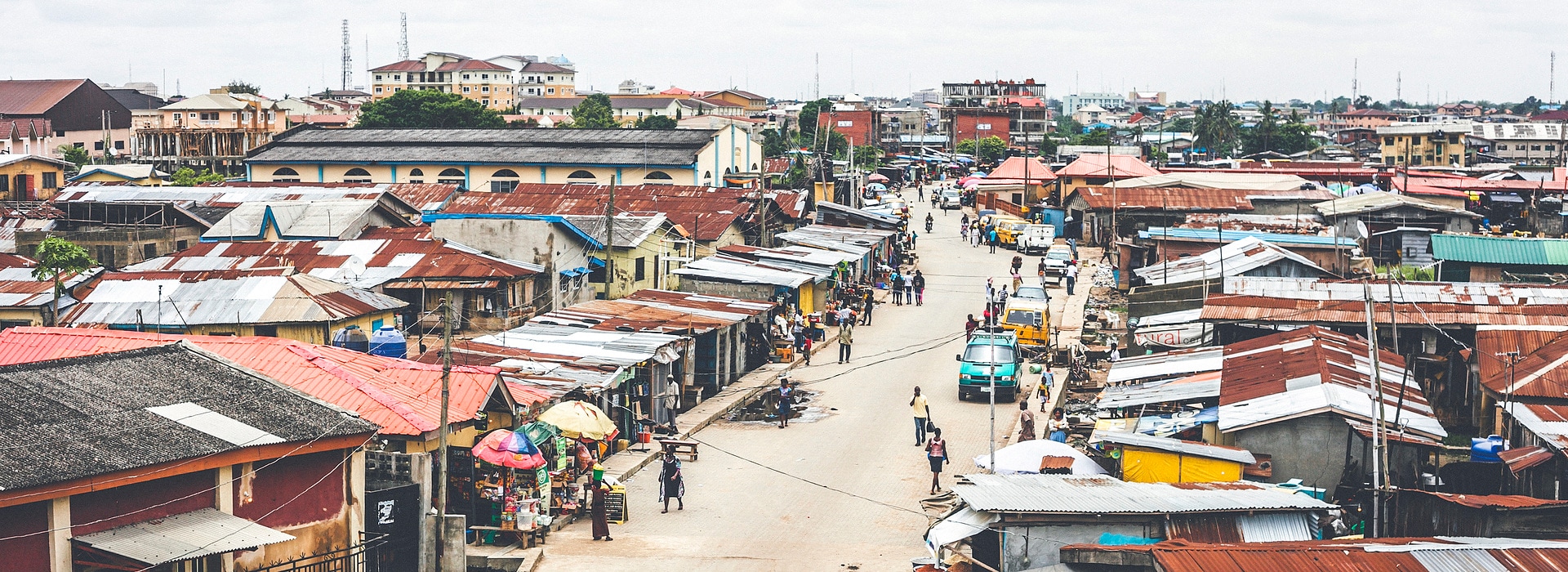
Definition of Slums: why are living conditions particularly precarious there?
Slums are residential areas characterized by inadequate living conditions, lack of access to clean water, sanitation facilities, and secure electricity supplies. They often arise from a combination of rapid population growth, which overwhelms urban planning and infrastructure, and socio-economic marginalization – the process through which certain population groups are pushed to the margins of society and become economically disadvantaged. Various factors such as poverty, unemployment, lack of education, and social exclusion can play a role in this context. The affected individuals often have limited access to resources, job opportunities, and social services. Another effect is that it becomes more challenging for them to find suitable housing. Socioeconomic marginalization can occur on an individual or societal level and can have far-reaching effects on the well-being of the individuals involved and on society. It can be addressed through political measures, social programs, and educational initiatives to promote equality of opportunity and social integration.
Sustainability as a challenge and opportunity for megacities

In constantly growing urban centres, green spaces are an important retreat for people and nature. In addition, parks and urban forrests provide a more pleasant climate.
As centers for economy, politics, and culture with over ten million residents, megacities attract people from around the world and are characterized by constant growth. However, they also face significant challenges regarding sustainability. Sustainable urban planning seeks solutions to issues such as air pollution and resource scarcity by striving to strike a balance between economic growth, social justice, and environmental protection. The goal is to develop cities in a way that meets the needs of current residents without compromising the ability of future generations to meet their own needs.
In megacities, sustainability can be promoted in various ways:
Expansion of public infrastructure can reduce the use of private vehicles, decrease air pollution, and enhance traffic flow.
Promotion of green (environmentally friendly) buildings and infrastructure to use energy efficiently and reduce the city's ecological footprint.
Inclusion of citizens by involving them in the planning and implementation of sustainability initiatives. By fostering population engagement, megacities can ensure that their sustainability measures reflect the needs and priorities of the local community.
Encouragement of local economic growth and job creation can contribute to greater social justice. For instance, by providing opportunities for education and healthcare services to the population, megacities contribute to improving the quality of life for their residents and promoting sustainable development.
Why are more and more people drawn to megacities?

Shibuya Crossing in Tokyo, one of the busiest crossings in Tokyo and the world.
Despite the described challenges, megacities continue to attract people in search of better opportunities and a dynamic urban lifestyle. The reasons are multifaceted and, of course, depend on the specific city and its location. These are only a few reasons for the popularity of megacities:
1. Employment Opportunities: Megacities are often economic hubs with many businesses, providing residents with a variety of job opportunities.
2. Education: Many megacities host prestigious universities and schools offering high-quality education, attracting numerous students and families.
3. Infrastructure: Megacities generally have better conditions for good infrastructure and services for residents compared to rural areas, including transportation, healthcare, and other public services.
4. Cultural Diversity: Due to their size and population density, megacities are often highly diverse, housing various cultures and lifestyles.
5. Entertainment and Leisure Activities: Megacities offer a wide range of entertainment and leisure options, including museums, theaters, parks, restaurants, and nightlife.

The future of megacities
In the future, megacities are expected to continue growing and undergo continuous transformation. Here are three trends that are currently foreseeable:
1. Population Growth: Due to ongoing urbanisation, the population density in megacities is expected to increase further. Projections suggest that by 2050, around two-thirds of the global population will live in cities.
2. Technological Innovations: With the advancement of technologies, megacities are evolving into what are known as Smart Urban Areas – urban spaces where advanced technologies and innovative solutions enhance the efficiency, quality of life, and sustainable development of the cities. This includes, for example, smarter transportation systems to handle traffic, improved infrastructures for energy efficiency, advanced communication systems, and more.
3. Healthcare: The COVID-19 pandemic has demonstrated the rapid spread of diseases in megacities. However, these cities typically have well-developed medical facilities that can generally cope well with disease outbreaks. Further expansion of healthcare services makes megacities attractive for residents.
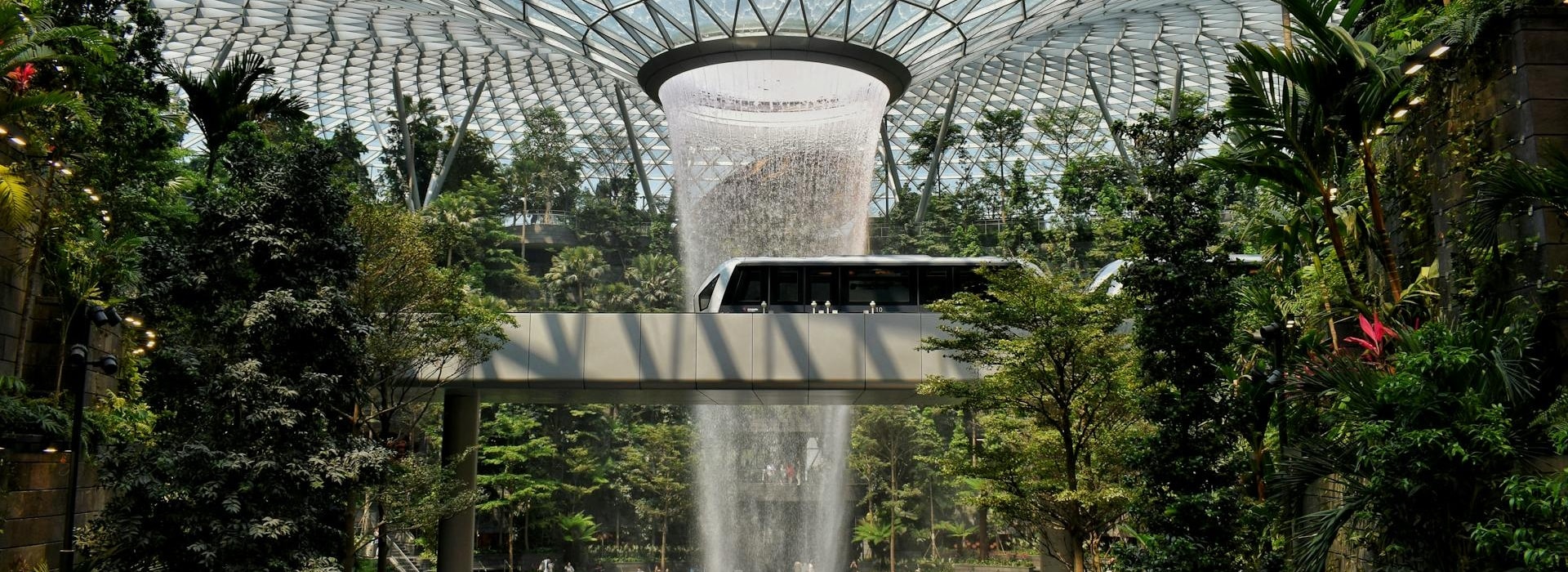
Conclusion: What a sustainable megacity could look like in the future
In a future megacity, various sustainable technologies and urban planning concepts could be integrated to enable an environmentally friendly and livable urban life. Here are some key aspects:
Green roofs for filtering air pollutants and CO2, as well as harvesting rainwater for toilet flushing.
Solar cells on building facades for sustainable energy generation and reducing the reliance on conventional power sources.
Rainwater drainage systems to decrease the risk of overflow and flooding.
Vertical farming that requires less space, water, and electricity for food production.
Expanded pedestrian zones free from motorized traffic.
Expansion of infrastructure for electric vehicles and shared solutions like rental bicycles.
Waste management solutions, such as waste-to-energy plants that generate additional electricity.
Traffic congestion and pollution sensors continuously send data to an urban traffic control system.
A comprehensive approach that integrates these technologies and concepts could help address the challenges of a megacity, while simultaneously creating a vibrant, green, and resource-efficient environment for its residents.
